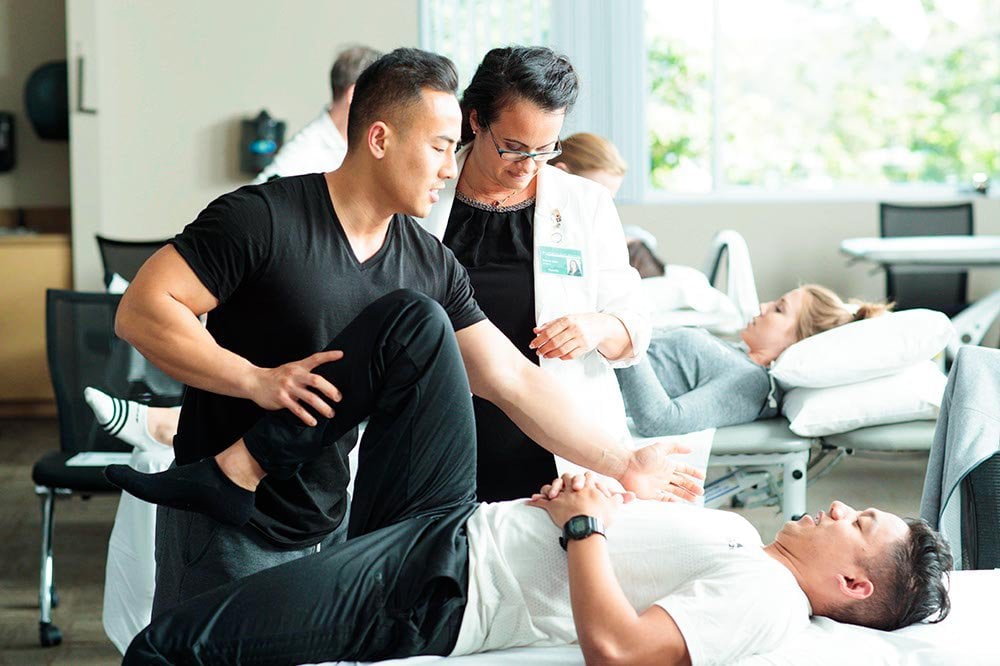One of the essential elements of injury avoidance is understanding the importance of appropriate preparation and cool-down routines. A warm-up readies the physique for exercise by increasing circulation flow to the muscles and improving mobility. This can include dynamic flexibility exercises and gentle aerobic exercises that slowly raise the heart rate. On the contrary hand, a cool-down assists the physique transition back to a resting condition, reducing muscular soreness and stiffness. Incorporating these protocols into a workout plan is essential for maintaining overall physiological well-being and preventing harm.
Another crucial strategy is the use of resistance training to build muscle plus stabilize navigate to this web-site articulations. Strong muscles can help stabilize articulations, which reduces the likelihood of injuries during exercise exertions. Individual coaches often create resistance training programs that target specific muscular groups, ensuring a well-rounded method to wellness. Additionally, physiological therapists may use resistance exercises to help clients recover from injuries while also preventing subsequent issues. By focusing on resistance, individuals can enhance their performance in sports and daily tasks.
Mobility training is also a vital part of injury prevention. Stretching exercises improve the range of movement in joints and help maintain muscle elasticity. This is particularly crucial for athletes who participate in high-impact athletics, as tense muscular can result to injuries and tears. Both physiological therapists and personal trainers can incorporate mobility routines into their regimens, such as stationary and active flexibility exercises, pilates, or yoga. By encouraging mobility, clients can improve their overall movement quality and reduce the risk of injury.
Finally, educating clients about physical movement and correct techniques is essential for injury prevention. Understanding how to move correctly during exercises can significantly reduce the risk of injury. Individual coaches and physical therapists can teach participants about alignment, posture, and the significance of paying attention to their physiques. This understanding empowers clients to make informed decisions about their exercise exertions and identify when they may be at danger of harm. By cultivating a solid base of injury prevention strategies, both fields can assist participants recover efficiently and perform at their best.
